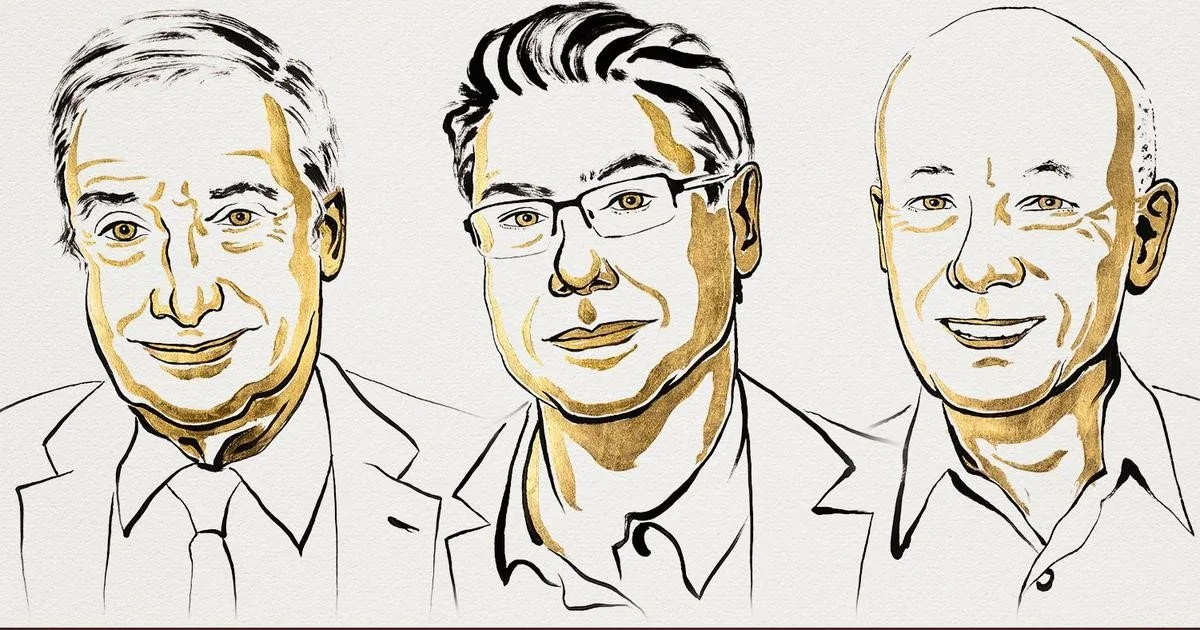Nobel Prize: Leadership Emerges from the Interaction of Ideas and Practice
Noble Laureates in economic sciences (left to right): Joel Mokyr, Philippe Aghion, and Peter Howitt
This year’s Nobel Prize has been given because it provides the missing link between scientific discovery and economic growth. Surprisingly, these discoveries provide insights into the design of leadership pathways for people working in everchanging and complex decision settings, like civil servants and corporate executives.
Scientific ideas alone aren’t enough: Leonardo da Vinci made sketches of a helicopter in the late 15th century, but the skilled mechanics and engineers needed to build it didn’t exist. On the other hand, practical knowledge alone isn’t enough either; without an understanding of why something worked, inventions didn’t advance.
It was the interaction of the scientific revolution with more practical knowledge that encouraged the flow of ideas from scientists to inventors and industrialists, and feedback from the practical application of new technologies to scientists.
In short, it is the connection of the how with why that matters, and the hourglass leadership pathway is one way of gaining competence in this “how” and “why” for professionals like civil servants, lawyers and corporate executives.
In the hourglass pathway, progress occurs in three stages, represented by the lower bulb, neck, and upper bulb of the hourglass.
Lower bulb
Learn via first-hand contact with reality i.e., they live it. Experiences are built up with every decision made, problem solved, or dilemma grappled with. All these become the unique storehouse of experiences of an individual. Whenever faced with a new challenge, we look for common elements between the new decision situation and the stored experiences. This similarity becomes the starting point for understanding and acting in the new situation. This is the learning of know-how.
Neck
Is the place where domain concentration (not specialization) is acquired in order to organize experiences (both one’s own and others) to make them useful. To effectively utilize these experiences, they are organized in the mind using mental models. This is the learning of why.
A mental model serves as a representation of how the world operates. Given that we cannot store all the world’s experiences in our brains, we employ models to simplify complexity into understandable and manageable pieces. The quality of our decision-making is directly proportional to the models we have in our minds and their relevance to the situation at hand.
Upper bulb
Having practiced how to connect their own and others’ experiences of a situation to the relevant mental model, one progresses to the upper bulb. Here, decision-making is largely driven by a strong experience-based intuition. Now, we are able to connect fields, ideas and problems (till now thought to be unrelated), therefore leading to innovation.
This ability to make connections routinizes innovation, leading to a self-generating cycle of innovation and improvement throughout one’s career and life.


